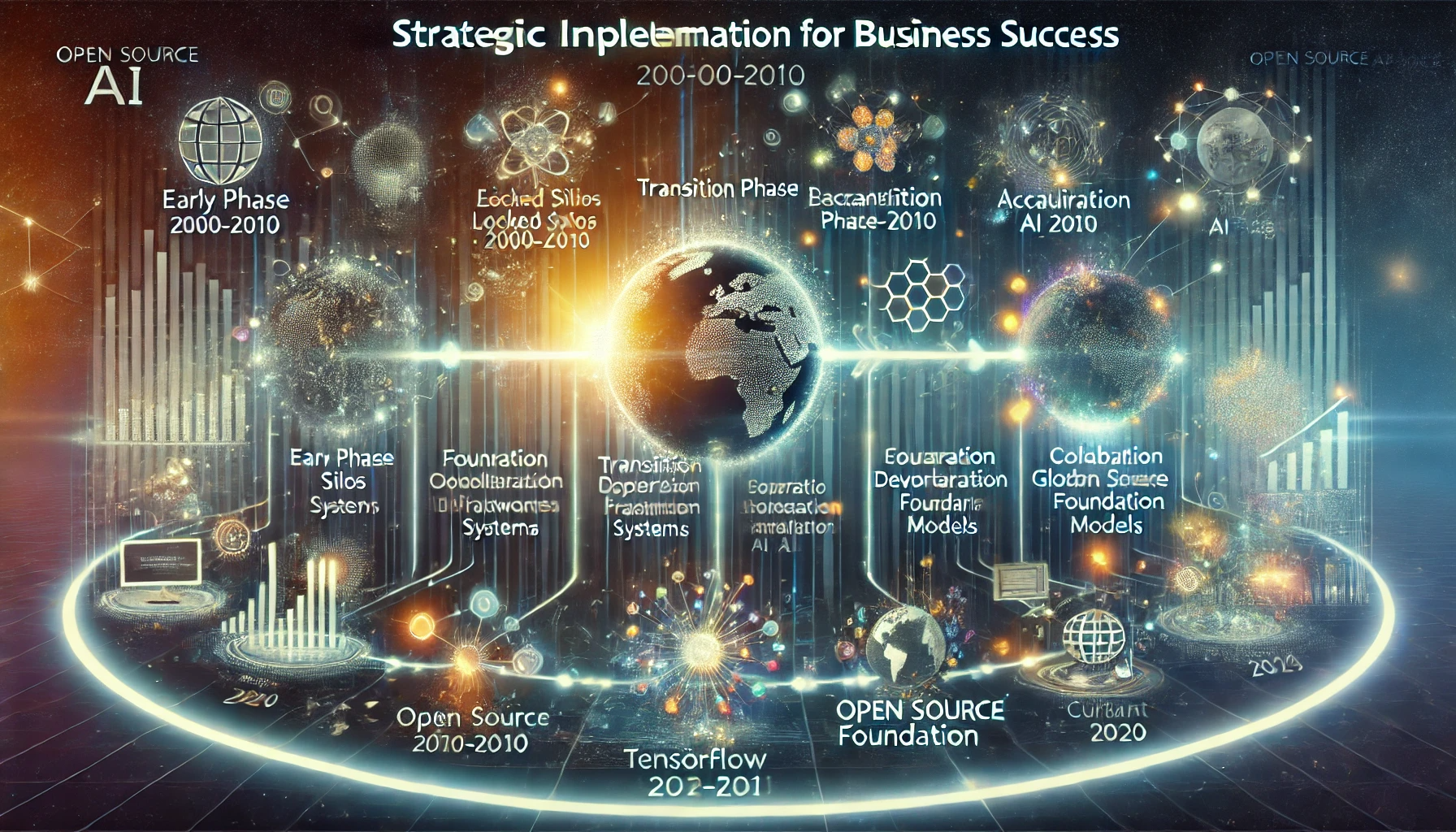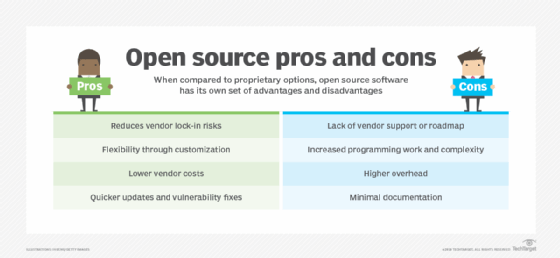The Rise of Open Source AI
Ever since Deepseek seemingly came out of nowhere this January, sending shockwaves through many Western AI companies with claims of having been developed at a fraction of the cost using lower-tier Nvidia chips (claims that, as it turned out, were heavily exaggerated), there’s been a surge of interest and debate around Open Source AI.
Just to give a few examples: OpenEuroLLM appeared on the scene - an EU alternative to generative AI models - which prioritizes transparency and open-source AI development in line with the EU’s strict data protection standards. The Wall Street Journal featured an article about how French Mistral AI Bet on open-source development to overtake DeepSeek. Meta released its latest Llama 4 models, despite some controversy around benchmarking. Google released a trio of new open-source AI models (Gemma 2 2B, Gemma Scope, and ShieldGemma) that can run locally on your devices. Google DeepMind also announced its collaboration with Nvidia and Disney Research to develop Newton, a physics engine to simulate robotic movements in real-world settings, which will be released in an open source version later this year. China too, has been hopping on the trend with Alibaba, Tencent, Baidu, Bytedance, and Manus AI releasing many of their own advanced models as open-source software. Perhaps most striking of all, even OpenAI - about which Elon Musk once quipped that it should really be called ClosedAI - announced that, “in the coming months,” it will release its first open-weights language model since GPT-2 in 2019.
The Open Approach vs. Closed Approach
Those who were really paying attention saw this coming, as Sam Altman wrote “I personally think we have been on the wrong side of history here and need to figure out a different open-source strategy,” when Deepseek was released, in an “Ask Me Anything” thread on Reddit. But why this rising interest in an open approach with models like LLaMA (Meta), Mistral, Qwen (Alibaba), and Deepseek? And why do others, like OpenAI (GPT models), Anthropic (Claude), Google (Gemini), and Baidu (ERNIE), still follow a more closed approach with their most important models that are only accessible via user interfaces and developer APIs?
Advantages of the Open Approach
There are, however, some potential drawbacks as well. Which is why there are still companies that favor a closed-source approach. Interestingly, while some big names like Demis Hassabis love to use argument number 1, it is probably closer to the truth that the Big AI kahuna’s like OpenAI and Google prioritize closed models because they just don’t want to risk losing their competitive edge.

The Meta Perspective
Meta CEO Mark Zuckerberg, on the other hand, who is one of the biggest supporters of Open Source (even though his models are, in fact, Open Weight) does not agree with Hassabis and consorts about the safety argument. In fact, he believes that open AI will bring about safer, better, more democratized technology in the future, compared to the closed approach. Just don’t forget that Zuckerberg’s business model is very different from that of most other model builders. He does have ulterior motives for making us believe that open source is better than a closed approach. Meta’s bet is also that Llama could become as important as the open-source Linux operating system, which saw initial commercial competition but is core to most cloud computing now.
The Open Source vs. Open Weight Dilemma
Above all, Zuckerberg has understood that LLMs are the “dumb pipes” of the AI industry. As they are becoming commodities, it’s the apps built on top of them that will create the real value. And Zuck obviously wants developers to build AI applications for his Meta Quest and future Metaverse platforms. But, this is where it gets interesting. There isn’t really such a thing as an Open Source Large Language Model. Ok, fine, that’s a lie. But it’s almost true. Most models which are referred to as Open Source are actually Open Weight.
Key Differences
“Real” open-source software allows its users the rights to use, study, change, and distribute the software and its source code to anyone and for any purpose. End of last year, the Open Source Initiative (OSI) released its definition.





















